Never have I read a short story quite like Happy Endings by Margaret Atwood. As a matter of fact, a good amount of my peers and I have become baffled on whether or not to even refer to it as a legitimate story. It is divided into four parts, each giving a very frank and emotionless set of love scenarios. She purely tells it like it is; simply fact-based and stoic without any sort of feeling whatsoever. One thing leads to another, and that is that. Overall, the language that Atwood uses in Happy Endings is very blunt and forward, and this is proven by the sentence structure and word choice throughout the passage.
One of example of the way Margaret Atwood’s use of short sentences is seen in the very first paragraph, in section A. “They buy a charming house. Real Estate values go up. Eventually, when they can afford live-in help, they have two children, to whom they are devoted” (Atwood 90). As one can plainly see, these sentences seem a bit strange to be in a story, for they are simply listing off events that occurred in John and Mary’s life while failing to further elaborate on them. However, the first section of this story is perhaps the most straightforward only because this scenario tells the tale from an ideal perspective. No problems arise throughout this section, yet in the other sections Atwood offers many different scenarios. Despite the fact, the sentence structure does not change all that much. “One evening John complains about the food. He has never complained about the food before. Mary is hurt” (Atwood 90). Again, she continues on with simply listing off how one thing would lead to another without going into details or offering a further explanation through the use of more varied sentences.
Another way that Atwood comes off as very plain and honest is through the words that she uses. In section A, she actually uses the same set of adjectives twice within only a few sentences of each other. “John and Mary have a stimulating and challenging sex life and worthwhile friends… They both have hobbies which they find stimulating and challenging” (Atwood 90). The fact that she uses “stimulating and challenging” twice in this same paragraph suggests that she feels apathy for this whole scenario, probably because she knows that it is unreal. The reality is that no one can really lead such a life that Atwood described in section A, and she knows this. She also manages to use words that embody how the characters feel. “…and after he’s eaten dinner he fucks her and after that he falls asleep…” (Atwood 90). The thing that jumps out about this sentence is the use of the word fuck. Instead of saying “they made love,” she uses the word fuck to imply that the sex wasn’t as passionate because the two of them weren’t really in love with each other. If she had used “made love” instead, this would have indicated to the reader that John and Mary had stronger feeling for each other, and likely would have gotten married rather than having the sad ending for Mary at the end of section B, in which she commits suicide by overdosing on sleeping pills, aspirin, and alcohol.
Lastly, the central idea that Atwood looks to put across is written out in plain and simple English at the very end of the passage in section F.
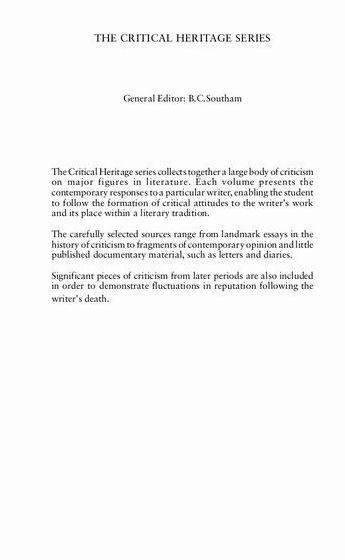
“The only authentic ending is the one provided here: John and Mary die. John and Mary die. John and Mary die” (Atwood 92). To me, this makes it seem as if Atwood is very narrow-minded and a pessimist. Perhaps she may have had some bad past experiences with her relationships, which is the reason why she comes off as so blunt and straightforward throughout the course of this passage. In her eyes, no matter how someone lives their life or how fulfilling it may be, the quintessential truth is that we all end up dying in the end.
Atwood, Margaret. “Happy Endings.” The Longman Anthology of Short Fiction. New York: Longman, 2001. 90-92.



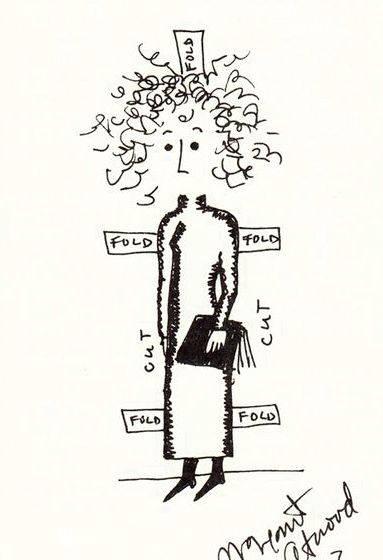


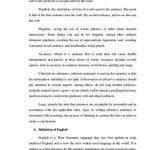 Sample thesis proposal in english subject and object
Sample thesis proposal in english subject and object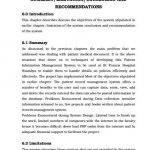 Dental clinic management system thesis proposal
Dental clinic management system thesis proposal L action civile dissertation proposal
L action civile dissertation proposal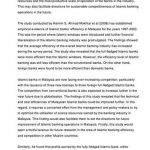 Abdullahi hassan hussein thesis proposal
Abdullahi hassan hussein thesis proposal Nash princeton phd thesis proposal
Nash princeton phd thesis proposal






